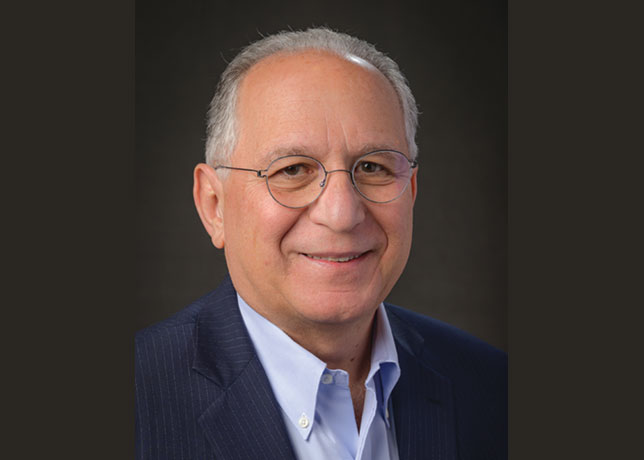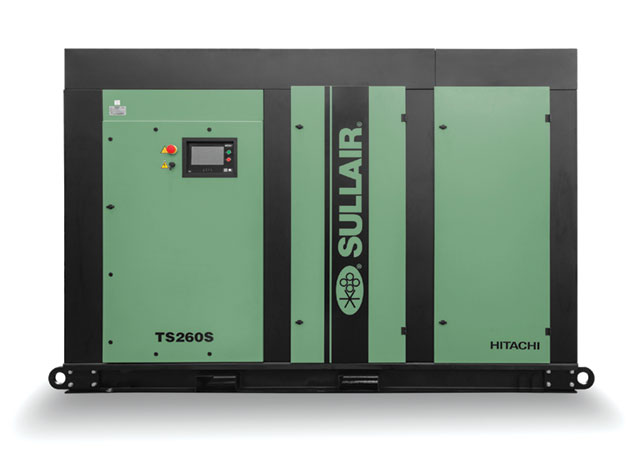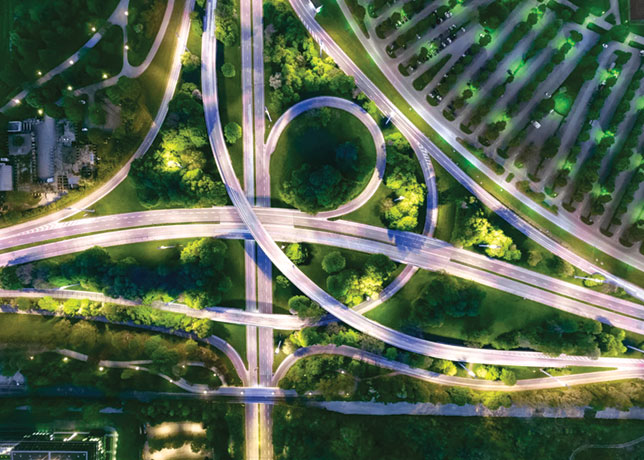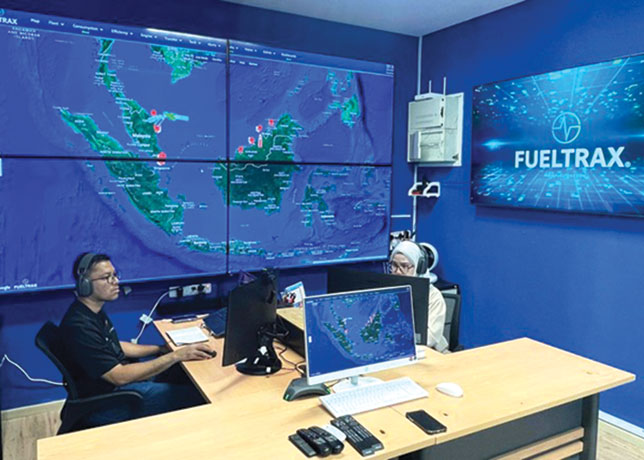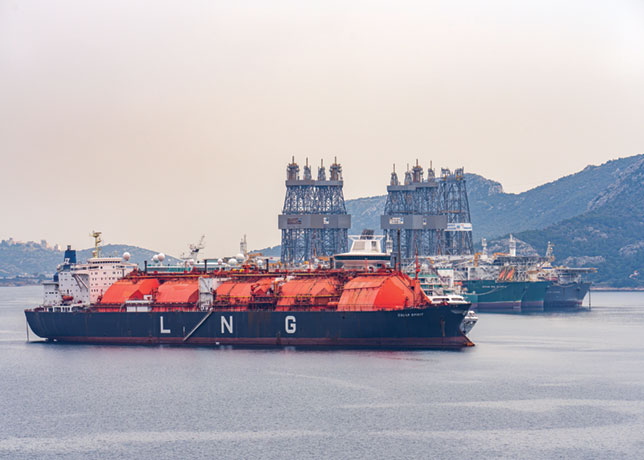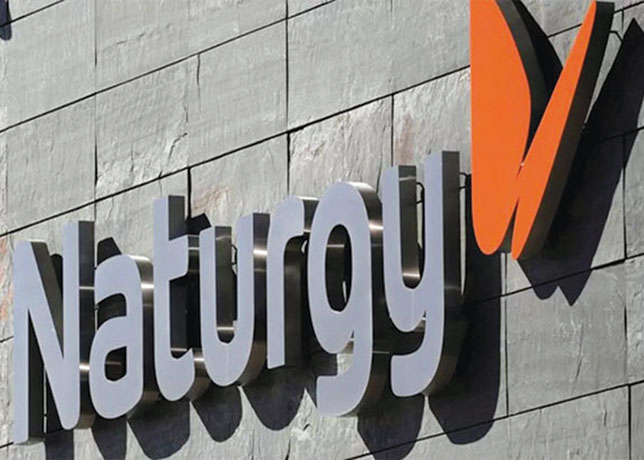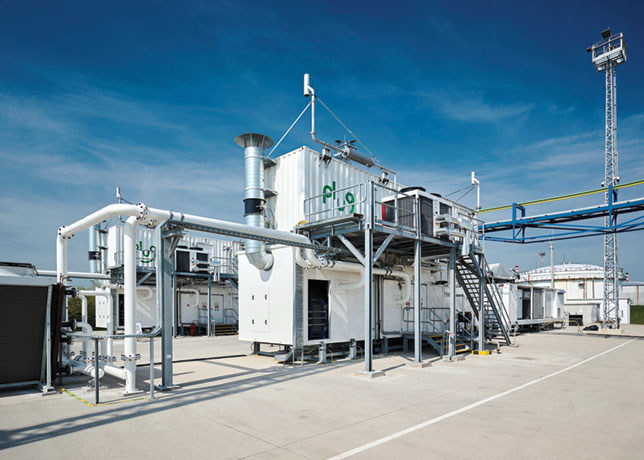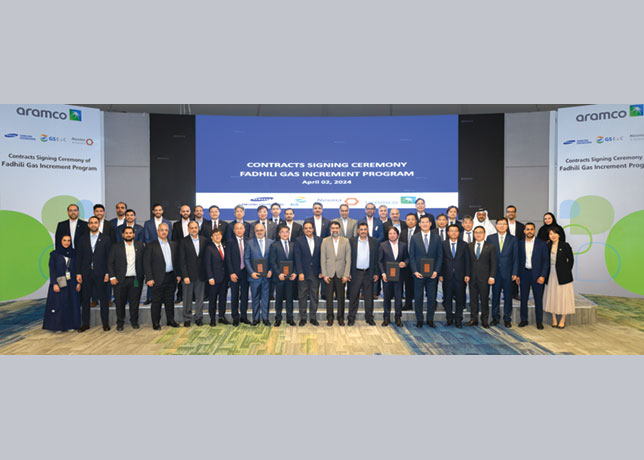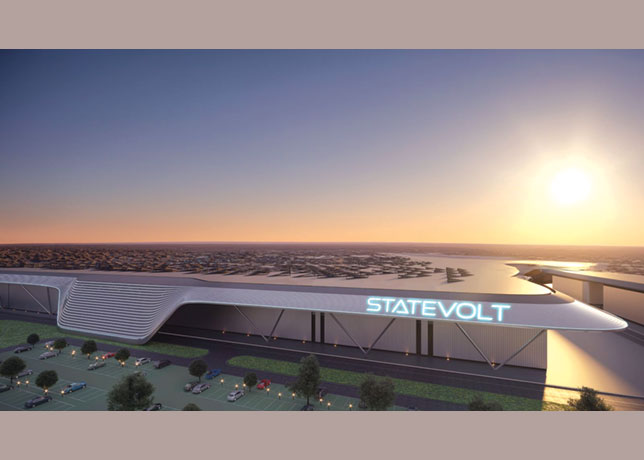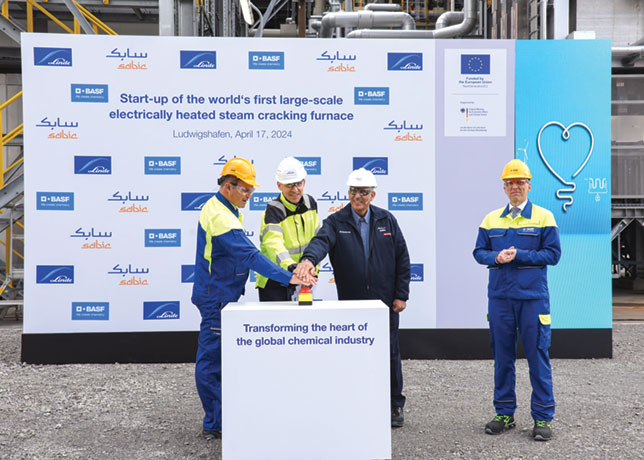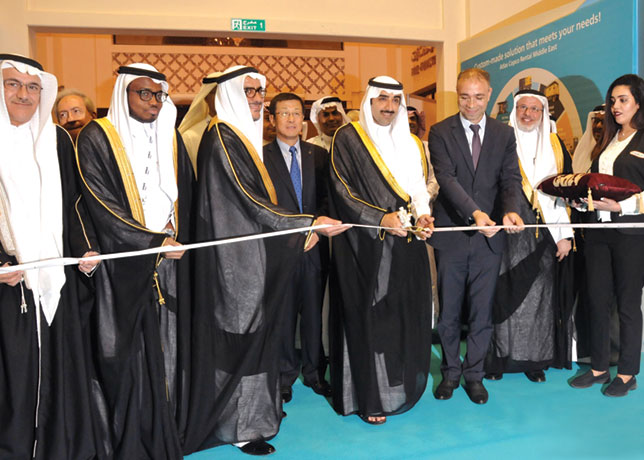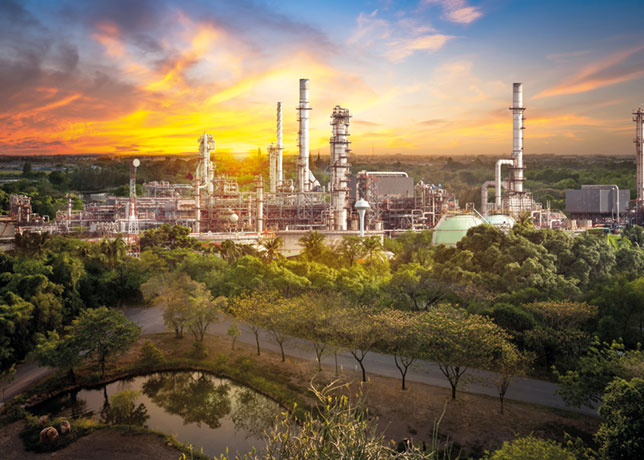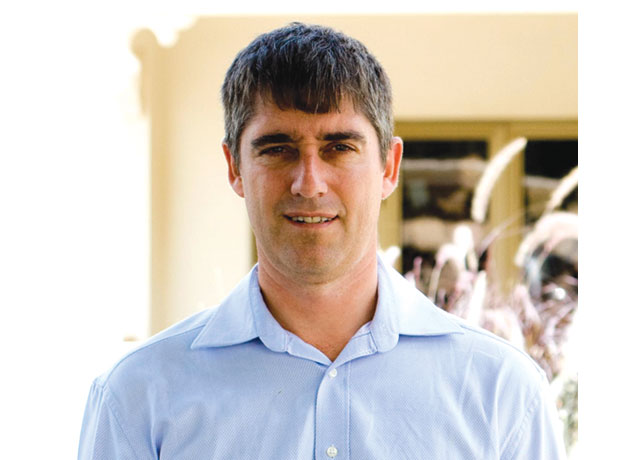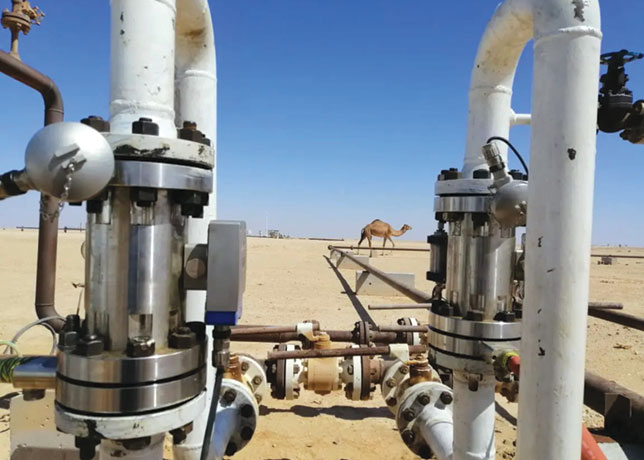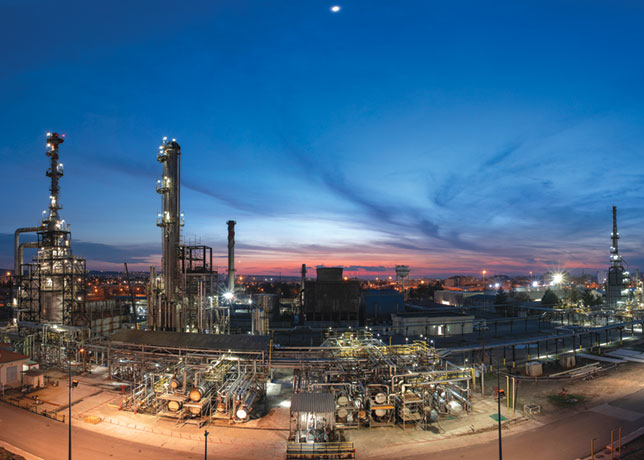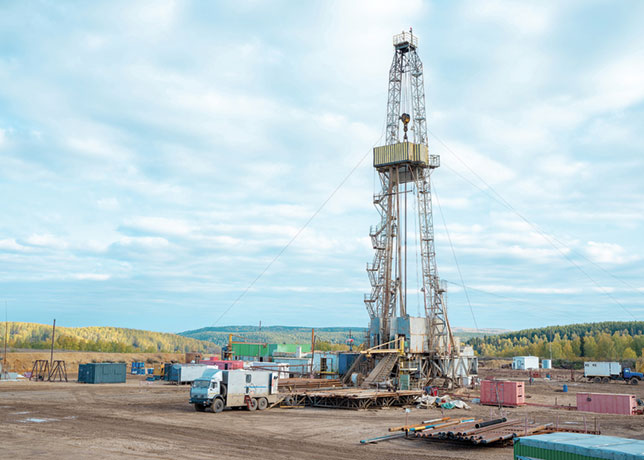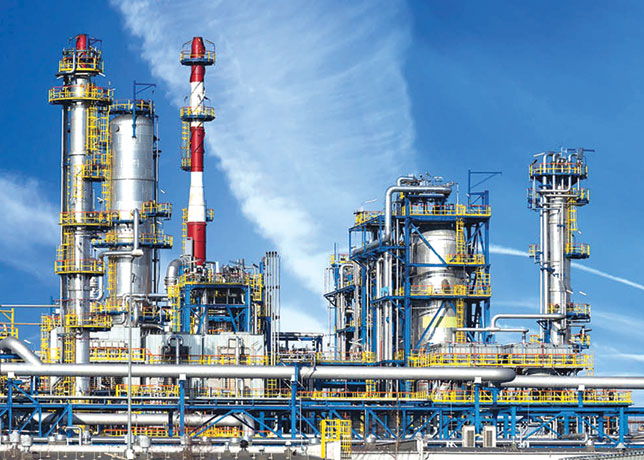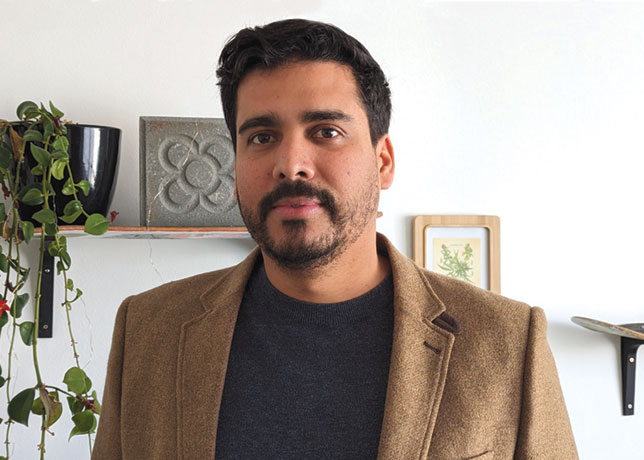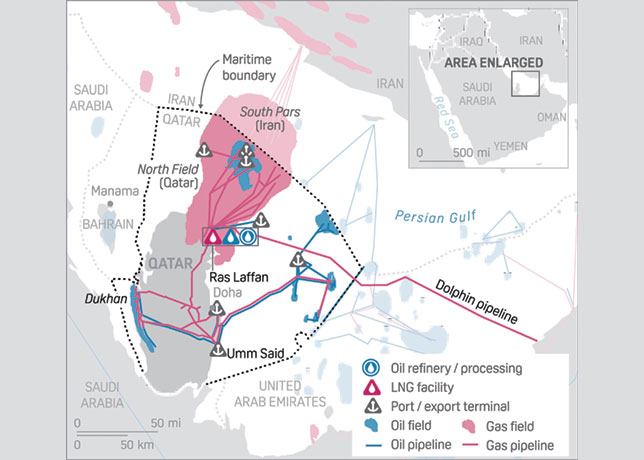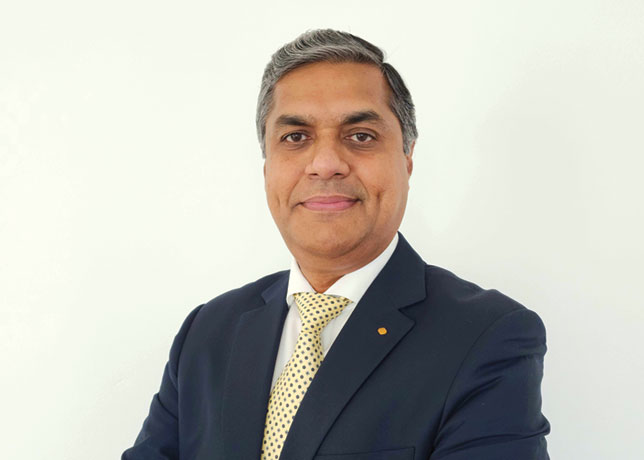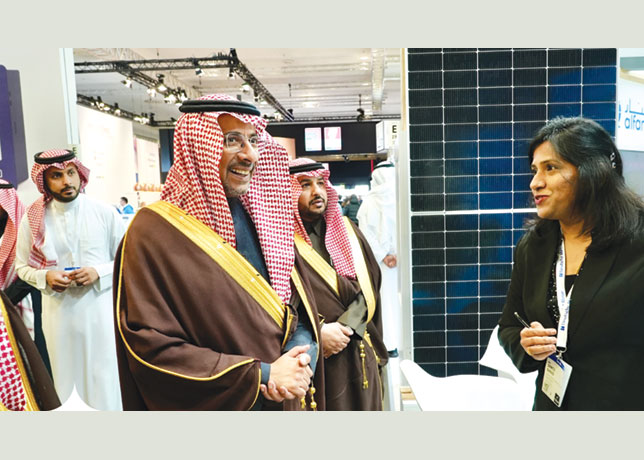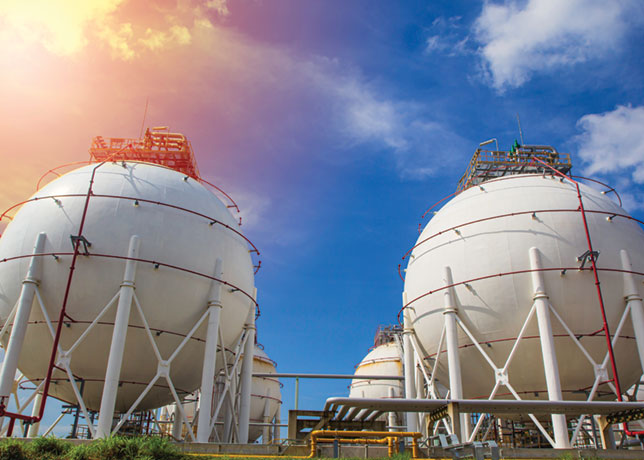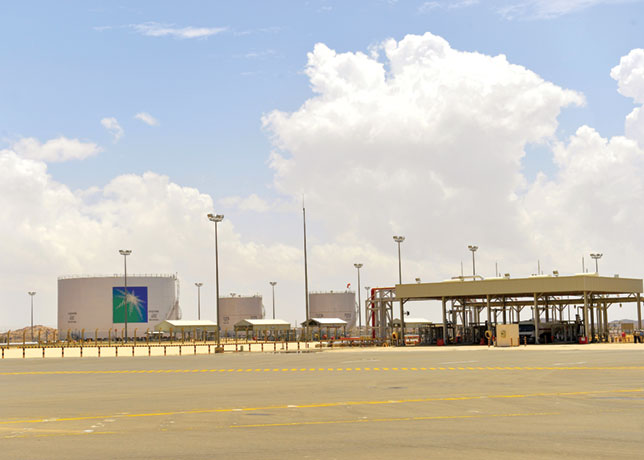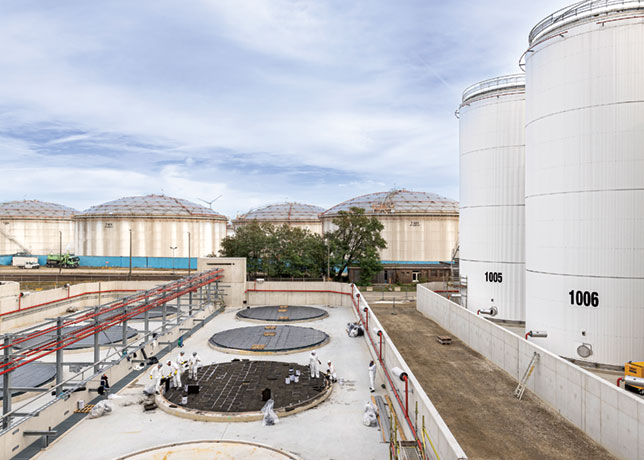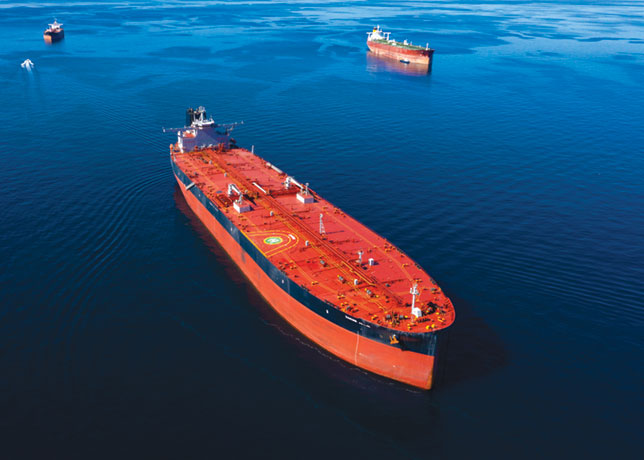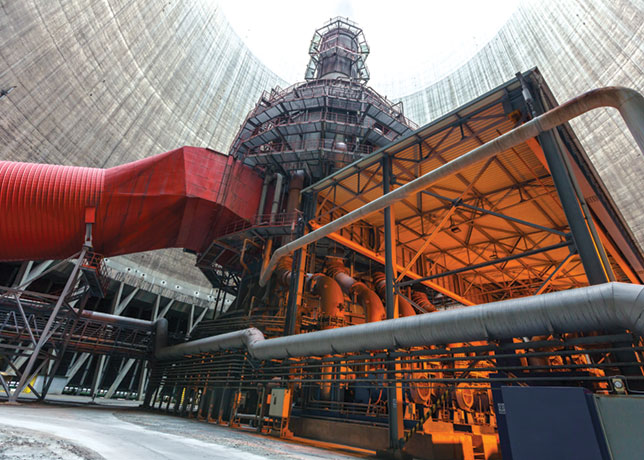
 Thermal power accounted for 77.7 per cent of UAE's power generation in 2023
Thermal power accounted for 77.7 per cent of UAE's power generation in 2023
The UAE is striving to achieve gas self-sufficiency by 2030 by tapping into additional onshore hydrocarbon reserves. At present, the country relies on gas imports to fuel its power plants and water desalination facilities.
According to GlobalData, a data and analytics company, thermal power generation accounted for approximately 77.7 per cent of the UAE's overall power generation mix in 2023.
Given the substantial reserves of gas and oil, thermal power is projected to maintain its dominant position in the UAE's power generation mix from 2023 to 2035.
GlobalData’s latest report, 'UAE Power Market Size, Trends, Regulations, Competitive Landscape and Forecast, 2024-2035,' reveals that the installed capacity share of thermal power in the UAE was around 80.4 per cent in 2023, where gas-based thermal power capacity dominated the power capacity mix with a share of 80.2 per cent.
Sudeshna Sarmah, Power Analyst at GlobalData, comments: 'With the discovery of new hydrocarbon reserves, the UAE is planning to invest heavily in hydrocarbon infrastructure and seek to develop new production techniques. At present, the country is in the process of choosing new locations to set up new infrastructure and seeking unconventional methods for hydrocarbon production.'
In 2023, gas was the dominant technology, contributing around 99.8 per cent of thermal capacity. Oil and coal contributed around 0.1 per cent each, respectively.
By 2035, the cumulative thermal power capacity is expected to increase further to 46.1GW from 41.2GW in 2023, rising at a compound annual growth rate (CAGR) of 0.9 per cent during the period.
Annual generation from thermal power sources is estimated to rise from 135.5TWh in 2023 to 155.9TWh in 2035, increasing at a CAGR of 1.2 per cent.
Sarmah adds: 'Most of the increase in capacity is expected in gas-based thermal power rather than oil, whose capacity is expected to remain almost unchanged. Gas turbine manufacturers can benefit from this increase in gas-fired power capacity.'
Sarmah concludes: 'Since 1971, the UAE has relied on its large oil and natural gas resources to support its economy. Rapid economic and demographic growth over the past decade has pushed the UAE’s electricity grid to its limits. The UAE is planning to add nuclear, renewable, and coal–fired electricity generating capacity to accommodate rising demand. Despite the UAE’s vast deserts, only small progress has been made in the direction of harnessing renewable energy resources.'
Credit: Image by Anna Vaczi/ Shutterstock





